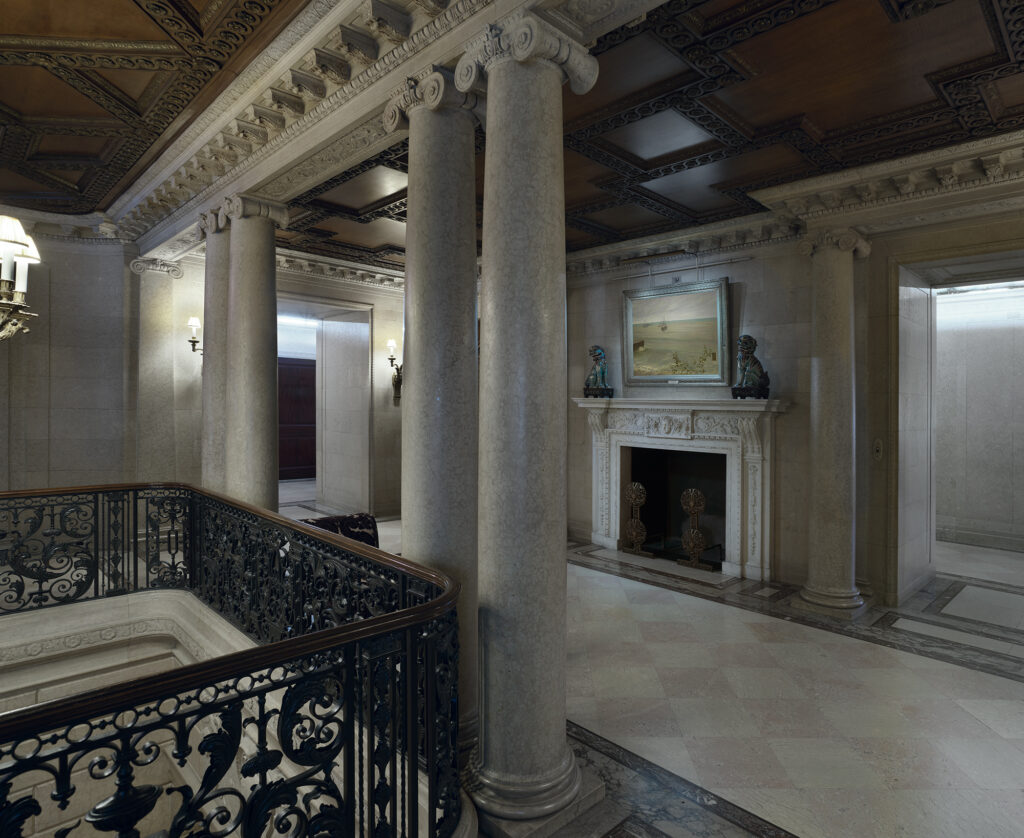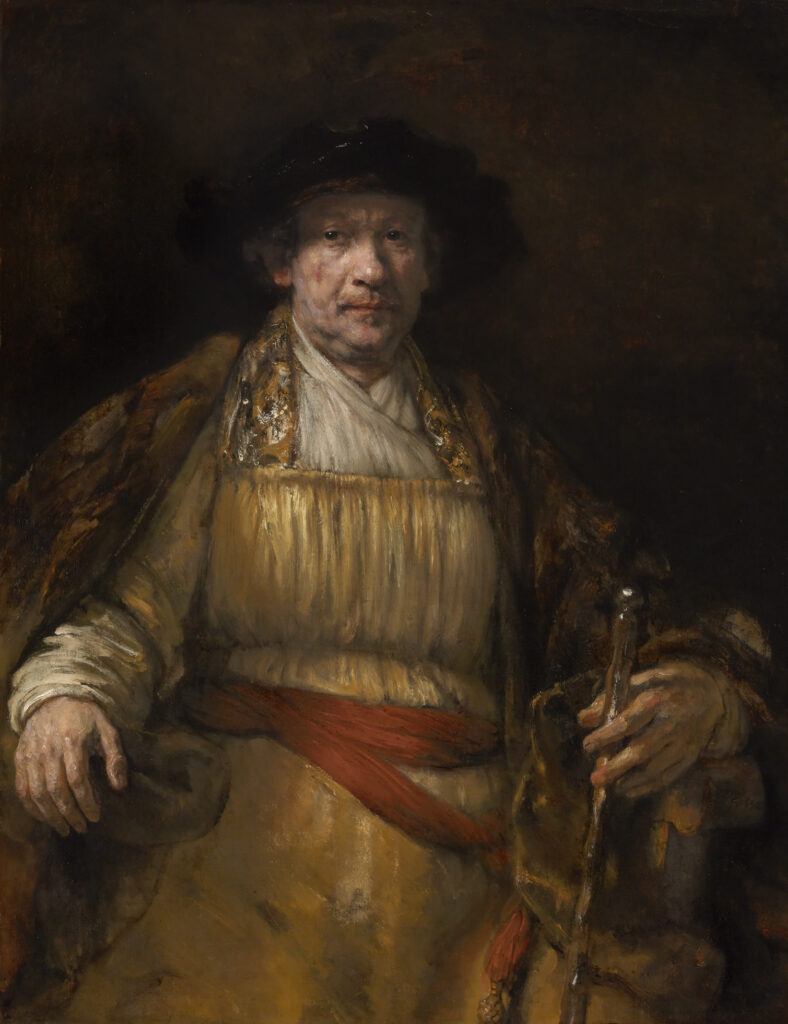The Frick Is Fabulous, Finally
One of the world’s great collections has come back home — and New Yorkers are the richer for it.

The return of the Frick Collection to the 1914 Beaux-Arts mansion on Manhattan’s Fifth Avenue is a cause for celebration for all New Yorkers. The newly added wing, wrought of limestone, is elegant and as unobtrusive as could be hoped for given the parcel of real estate on East 70th Street on which it sits. The renovation of the jewel box museum stuffed with masterpieces took five years and cost $330 million, but at that price it’s basically a bargain.
The architect Annabelle Selldorf has expanded the Frick’s gallery space by some 30 percent and installed a sleek auditorium. Also new are a tasteful gift shop and a Danny Meyer café that promises to soon be crafting cortados. The architectural show-stopper is a marble grandstaircase, Deco-tinged. The skylights in the West Gallery have been cleansed, and the light shines on, say, Rembrandt’s “Self-Portrait” with a caressing glow.

More significant are the opening of galleries on the second floor in a suite of rooms that previously housed offices for the Frick’s staff. Before these quarters were lousy with monitors, though, they were where the Frick family lived. Newly open to the public, these rooms facilitate intimate encounters with, in the case of Helen Frick’s bedroom, a roster of Italian Quattrocento paintings. This critic visited these scenes of devotion on Easter, of all days.
Not to be missed in this room is Piero della Francesca’s “Saint John the Evangelist,” where the apostle is attired to a cloak so red it could double as a fire hydrant on the street below. Fra Filippo Lippi’s “Annunciation” manages to be both divine and demure, while a more harrowing work in the same room is Gerard David’s “Deposition,” which portrays skulls littering the base of the Cross and the crucified Christ hued with a gruesome gray.
Head back downstairs to the oval-shaped room where hang four works by James McNeill Whistler, including the almost unbearably chic “Arrangement in Black and Gold.” Its subject is a French socialite, Comte Robert de Montesquiou-Fezensac, who would inspire the novelist Marcel Proust’s indelible Baron Charlus. The comte’s white glove glows like a nightlight against the painting’s black background. This is a man once called the “poseur absolute.”

Michael Bodycomb via the Frick Collection
The Frick is planning a larger gathering of Vermeers for June, but in the meanwhile linger by “Officer and Laughing Girl,” one of the first paintings near the entrance. There may be no better account of flirting — its charge and shifting stakes — in Western art. The officer’s extravagant attire would make a peacock blush. An open window is unique in Vermeer’s collection of rooms, and the ultramarine used on the wall was then the world’s dearest pigment.
A more austere image is presented by “St. Jerome,” from the paintbrush of El Greco. The father of the church is almost impossibly long, his wild beard its own center of gravity. The translator of the Bible would not have worn the red robe today’s cardinals sport as they gather at Rome for the imminent papal conclave, yet El Greco gives him one nonetheless. It is as if Jerome is anointed a prince of the church avant la lettre.
Flanking a fireplace on the first floor are two portraits by Hans Holbein. One depicts Thomas More — the author of “Utopia” and the lord high chancellor of England under King Henry VIII — who was separated from his head when he refused to endorse his lord’s break with the Roman church. The other is the man, Thomas Cromwell, who engineered the annulment of Henry’s marriage to Catherine of Aragon. Enemies in life, they are neighbors in death.
The collection’s anchor, though, is the Rembrandt self-portrait. Of the dozens of times that Rembrandt painted himself, this one is the largest. It finds him at 52 and freshly bankrupt, a misfortune that never afflicted Henry Clay Frick, his wife Adelaide, or his bequest. Still, he is draped in gold and holds a scepter, figuring himself a shambolic sovereign. Impasto paint conveys skin mottled with age, though his majestic hands promise more work to come.
Contrast Rembrandt with Jean-Auguste-Dominique Ingres’s “Louise, Princesse de Broglie, Later the Comtesse d’ Haussonville.” She hangs in an upstairs bedroom, not quite a beauty but alluring. The folds on her dress are rendered with the care that Michaelangelo would lavish on muscles flexing in stone, and her red bow signals a girl who is always prepared, even when she is caught unaware. Finally, at this freshened up Frick, she’s home. Brava.

